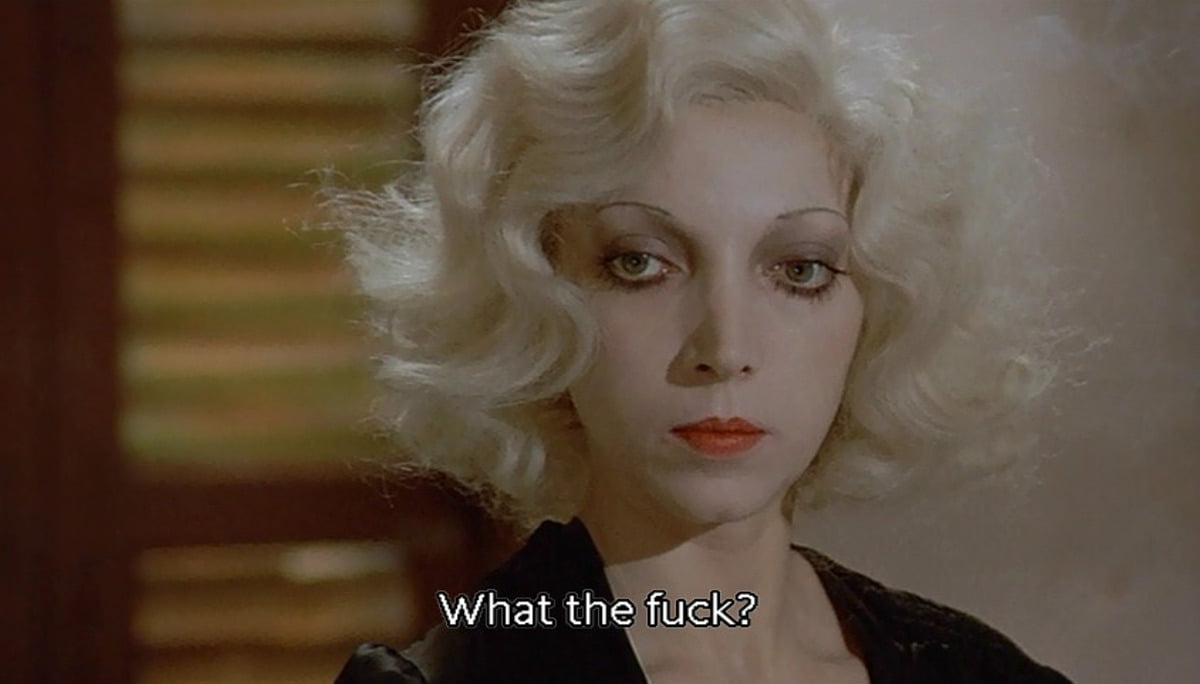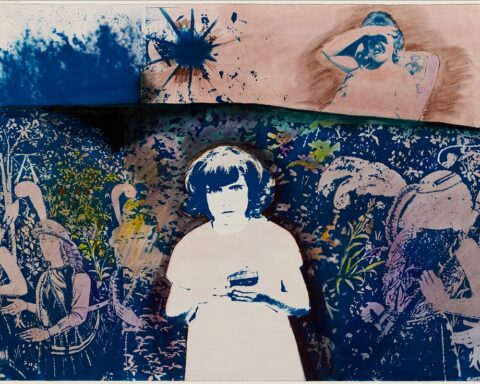If the thinkpieces that the algorithm put in my path in the last month of 2023 tell me anything it is that feminists are feeling unmoored. We are now over five years out from the start of #MeToo and seas of pink pussy hats, Roe has been overturned, and millennials are no longer setting the cultural agenda. Things have changed, and generally things are bad, but feminism, to many, is getting increasingly incoherent as a concept. What the women are up to more clearly, say the cultural critics, are girly things: Barbie, Taylor Swift, floral-dress wearing tradwives, girl dinner, and bows. “Instead of politics, can I interest you in some blissful, childlike ignorance?” laments Isabel Cristo in The Cut. The hosts of The Waves, a podcast about feminism in both policy and pop culture, concluded their series wondering if they should still call themselves feminists. More anecdotally, my friend who is a Zoomer and an inspiringly committed anarchist in the reproductive justice world told me they think ‘feminism is kind of stupid,’ but that it’s not okay when their boyfriend says so.
These panics aren’t new—my generation was accused of abandoning feminism in favor of Girls Gone Wild — but they do take on unique iterations as the political and cultural landscapes shift. And it’s valuable, I think, to keep redefining what we even mean by the term, to suss out where and what the stakes are, and to interrogate to whom we’re looking for answers.
Too often, I see these questions addressed in silos. Most of the takes I reference above come from culture writers who have a strong handle on policy, or from policy/politics people who have a decent handle on culture. The radical Lefties are tweeting or zine-ing or Signal-ing their ideas, and often get left out of the larger feminist conversation. The academics are doing their obscure thing in journals that less than a dozen people will read. I consider myself to be adept in three of these realms – the academic, the radical, and the cultural, with a begrudgingly decent handle on what’s going on in mainstream politics. And since I teach Feminist Studies, I am thinking about these questions constantly, from a variety of angles.
I don’t have answers, but I do have thoughts. And the first is that, of course, feminism is not a monolith. Hand-wringing essays about the state of feminism first need to clarify which tendency of feminist thought, movement, or identity they mean.
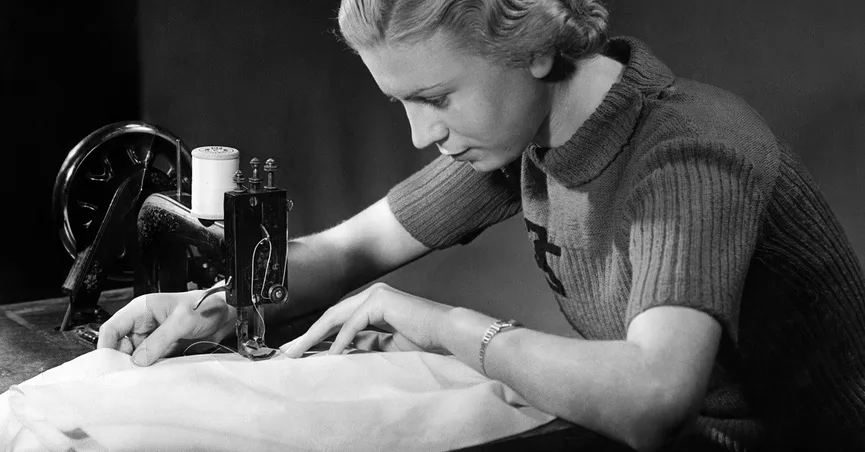
When I teach Feminist Studies, we spend 15 weeks with writers who mostly disagree with each other, other than on the fact that sex and gender are positionalities that deserve attention. We go through an overview of the “waves”: the first wave feminism was about Voting Rights for women, and this was parallel to the fight against slavery (some suffragettes were also abolitionists; many were not). Second wave feminism covers a lot of disparate views from roughly the 1960s-1980s, and involved attention to women and work (middle-class white women wanted access to the white-collar workforce, women of color were like, ‘hey we’ve been working in your homes, we have different demands when it comes to work!’). The second wave also coincided with the Black Power, anti-Vietnam War, and gay liberation movements; some feminists overlapped in these circles, many did not. It is in this period, beginning roughly in the late 1970s, when the Sex Wars began—this is the name given to the debates that split feminists on questions of pornography, kink, sex work, and other sexual practices. Third wave feminism also contained many different facets: on one end there was the (largely, though not exclusively white) riot grrrrl movement of radical punks fighting rape culture through zines and sex positivity, as well as more radical ideas surrounding transformative justice emerging from women of color organizing in anti-racist spaces; on the other end there was the beginning seeds of Girl Boss Feminism, and generally attention to “choice” and “empowerment” (e.g. Sex and the City, Ally McBeal, Girls Gone Wild, etc.).
Fourth wave is often described as “third wave, but on the internet,” and also with more attention to intersectionality. We are, arguably, in a fifth wave, which is an extension of the fourth wave, but in a post-Trump, post-#MeToo, post-George Floyd, pandemic world. (Importantly: I always begin my feminist waves lesson by naming that thinking and culture-building around sex and gender existed pre-colonization in more expansive ways, and that the waves are a decidedly Western, academic snapshot of gender and sexual liberation.)
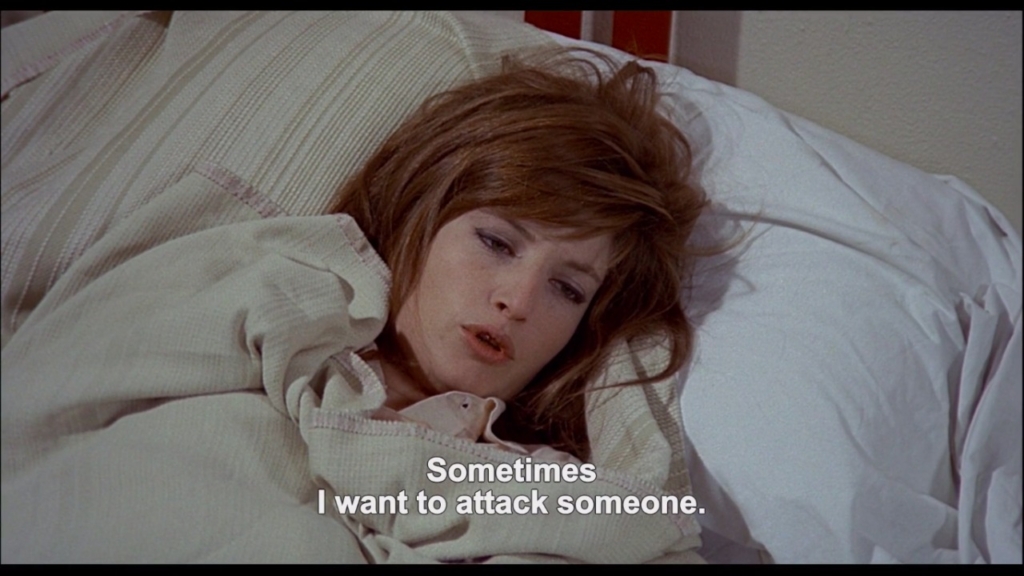
It is extremely important to reiterate that most versions of feminism that we have today do not have actually radical aims, even if the people involved are discursively critical of systems like capitalism and white supremacy. It is unsurprising to me how quickly and easily feminism has been co-opted because it’s not inherently interested in interrogating the root causes of systems of domination, especially if we continue to place its origin in a voting movement that occurred in the midst of chattel slavery and not long after violent colonial displacement. In addition, a lot of people think feminism is whatever ‘feminist nonprofits’ are up to, and nonprofits are counter-revolutionary forces that inevitably squash structural change.
Columnist Michelle Goldberg — decidedly a liberal, but also someone informed about radical feminist movement history — names something true: “much of feminism right now fits into two broad categories: discourse and NGOs,” she writes. In an interview with Ezra Klein, she bemoans, to her credit, that if someone asked where they could go to get involved with feminist organizing, she’d tell them to write a check to NARAL. In that same interview, Klein asks her what else, other than reproductive justice, does ‘feminism’ (even if it is only a label) care about? Goldberg goes on to talk about thinking more expansively about reproductive justice — from domestic workers issues to SNAP benefits, and also talks about the relationship between feminism and trans justice.
But historically and contemporarily there are feminist movements that (or at least feminist thinkers who) are committed to radical liberation. Angela Davis and Elaine Brown insisted on bringing feminist analysis to the Black Power movement; the Combahee River Collective did the same in their socialist organizations. Women, trans and queer people have always been a part of anti-capitalist and anti-state organizing—and women, trans, and queer people (especially of color) have always been harmed by capitalism and the state — and it is their lived experiences that give us a feminism with teeth. The Black, Brown, and Indigenous feminists, anarcha-feminists, and Marxist feminists are still doing feminist work today, but it is often in movement spaces that aren’t seen as explicitly feminist (like Marxist, anarchist, or Indigenous organizations). Or, they are not ‘organizing’ in a coherent way, and are instead practicing survival in a way that Saidiya Hartman describes as “waywardness.”
So there is the feminism of the NYT and NPR policy analysts who focus on #MeToo, Roe and Dobbs, representational politics in media government, “transgender issues”; there is the feminism of the radical Leftists who are invested, from different angles, in similar things (fighting rape culture, ensuring safe abortions for everyone, abolishing the government and cultivating community skills in people of all genders, fighting for gender liberation beyond the binary, and, I would add: attention to sex work and sexual liberation, though there are very disparate views on what liberated sexuality means). In this more ‘political’ sense of things, there are wins and losses and a lack of clarity on who is doing what for what ends.

And then there is the terrain of culture, which is what Marxist scholar and organizer Stuart Hall argued was a worthwhile “site of struggle.” Culture—a nebulous concept, but what I’ll limit here to popular culture in the form of movies, TV, internet, and, as Goldberg shorthands, ‘discourse’ — is before and after and in between what happens in the streets, in organizing spaces, and in government meetings.
And so it is worth considering: what does girl culture have to do with feminism and, for those of us invested in it, with liberation? Should we take ‘girl dinner’ and Barbie as seriously as we take Roe and MeToo? I think, if nothing else, we should consider how they are in conversation, without falling into binary panic/defense modes.
In one of my favorite responses to the Cristo piece — the one cited above which spends the bulk of its argument on the idea that girly culture signals the desire of women to exist in a time “before feminism”— Claire Fallon and Emma Gray write:
“While in theory girlhood precedes the adult concerns of feminism, in reality, these concerns often intrude into the lives of girls, many of whom must negotiate sex and sexual identity, enter and navigate the workforce, access abortion care, and deal with misogyny that limits their lives from the moment of their birth. Many of us began to work out our own feminist politics as children, and associate the aesthetics of girlhood strongly with our first forays into questioning the patriarchal structures around us. Girlhood offers certain comfortable, universal markers, but not all girls are the same, even if they’re wearing the same color and going to the same concert. One girl may live in near-total political ignorance; another may develop a sharp socialist feminist critique of the world she is growing up in; yet another may go down a reactionary path.”
These particularities are key to how we continue to move forward with building movements, political theory, and engaging with the various tangles of the discursive. How do we grapple with cultural forces that may encourage problematic consumption habits while also acknowledging that fashion, music, movies, and other products we engage for pleasure don’t necessarily imply that we are dupes of patriarchy and capitalism?
Some of the most righteously dedicated anti-capitalist, anti-state activists I know are girly, bimbo-leaning sex workers. A young woman who runs a popular Taylor Swift fan account was imprisoned for refusing to join the Israeli military. Queer femmes have long been wearing floofy dresses to the riot. The idea that “girliness” precludes a commitment to liberation is a view that is not only narrow about gender, but also about justice. A popular feminist writer, for example, called for the stigmatization of glitter (with important evidence that it’s very bad for the planet), saying that the ultimate goal would be federal legislation, and urged us to call our state reps. What limited imagination it shows to anchor our ire in cultural pleasures and to reify that the state—an entity that enacts violence on people at home and abroad everyday— is our best solution. I am not saying we shouldn’t interrogate our consumption habits — we absolutely should, and I was actually convinced to never consider a glitter purchase again — but I am invested in a much more expansive political project than attacking expressions of femininity and bolstering legislative representatives.
I learned cultural criticism via British Cultural Studies, in which people like Stuart Hall and Raymond Williams turned to media, subculture, and popular culture to wrestle with what it meant for radical change. These folks celebrate the possibility of resistant media— even if it was at risk of cooptation, they argued it was still evidence of counter-hegemony. Which is to say, they believed that consumers had agency — “there are no masses, only ways of seeing masses,” said Williams— who could live with contradiction (feminists reading romance novels was an early articulated example of this) and still be, for example, down for revolution. In contrast, the Frankfurt School, led by theorists like Theodore Adorno and Max Horkheimer, insisted that popular culture was a propagandistic distraction from revolutionary struggle. In short, as Douglas Kellner explains, “British cultural studies would valorize resistant moments in media culture and audience interpretations and use of media artifacts, while the Frankfurt school tended, with some exceptions, to see mass culture as a homogeneous and potent form of ideological domination.”
I have always been a cheerleader for a BCS approach to culture, probably because I was raised on movies and television, and my love of media has not kept me from spending the last 20 years in anarchist and other radical organizing spaces. Similarly, my relationship to girliness has really only strengthened my commitment to radical politics. I wrote a whole book about how my femme gender is completely intertwined with my working-class upbringing, and so then also my commitment to anti-capitalism. When I giggle at ‘girl dinner’ memes, or feel influenced by bow trends I am, maybe, treading close to the edge of ironic misogyny and toxic consumerism. But I am also having fun. And then I am switching over to the Signal thread to strategize with my comrades about how to ensure we protect our space from nazis.
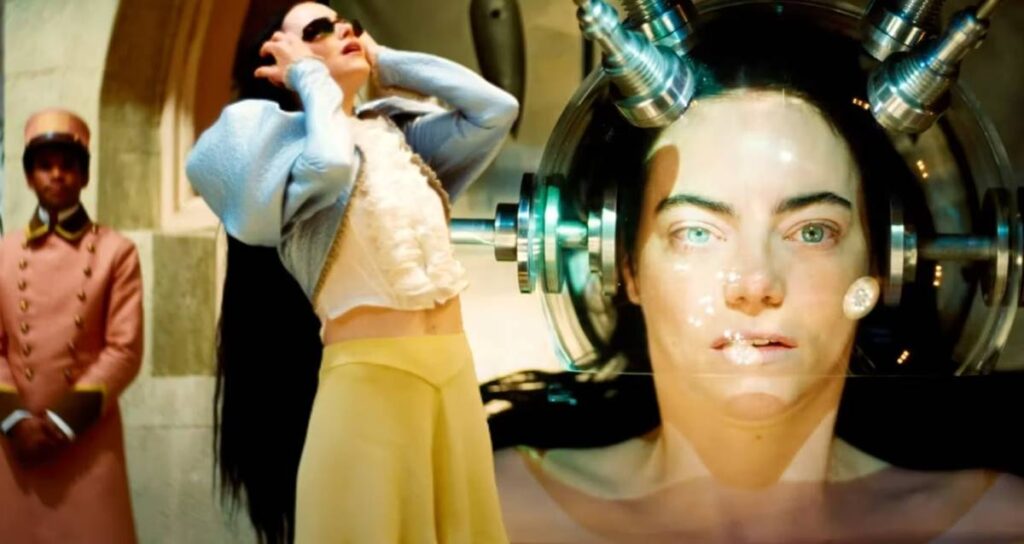
So where does this leave us with feminism? I think Cristo is right that “feminism is a bit adrift,” and that, as she notes:
“It doesn’t help that the major touchstones of the past several years — MeToo, Donald Trump, COVID, Dobbs — are fucking miserable, and the cultural objects that accompanied them have tended to be correspondingly somber or pedantic. We’ve seen an explosion of rape-revenge plots, and cynical, emaciated protagonists dissociating through their lives.”
Indeed, the cultural tone of ‘feminist’ media has been, for many years, dour— the most buzzy films of the past few years that focused on women’s lives included the dismal Promising Young Woman, Women Talking, She Said, and on television, Euphoria. But for Cristo, the turn to levity and ‘girlishness’ in this year’s buzzy media like Barbie—and I’d add Bottoms, and Poor Things—is a problem. She insists the turn to girlhood is “an opting out.” Instead, it seems, she’s arguing for serious grown-up feminists to stay the course with the miserable, in every facet of our lives.
Can we unpack the cultural phenomena that, on their surface, appear to be an opting out — from bows to Barbie, from Taylor to tradwives — and discern what is legitimately reactionary, and wrestle with the stakes from there? And rather than determining the stakes from a liberal concern about what it means for the next election, the kind of feminism I care about can be a tool to reflect on what it might mean for more radical visions of the future.
I don’t know how much value there is in feminism as a coherent movement anymore—not when so many marginalized genders feel isolated from the focus on ‘women’ (see TERFs), not when so much of the thinking is funneled through nonprofits who treat their feminist workers like garbage, not when it remains overwhelmingly white, not when it often does more to harm than help sex workers (see SWERFs), not when it too often colludes with the state rather than envisioning ways of being outside and against it. But we also can’t deny attention to the ways in which capitalism and white supremacy interact uniquely with sex, sexuality, and gender.
I’d like to turn to another artifact of culture as a potential offering. In Shiva Baby, the debut film from Emma Seligman, the queer Zoomer who went on to bring us Bottoms, Danielle (Rachel Sennott) reminds us, hilariously and perfectly, what feminism really is and ought to be. In a very common ‘what kind of job are you going to get with a feminist studies degree’ conversation, Danielle responds stressfully:

It’s a lens! Patriarchy shapes our lives as foundationally as capitalism, colonialism, and white supremacy, but it has been too easy for feminist movements to turn gender into an additive identity rather than an affront to power systems.
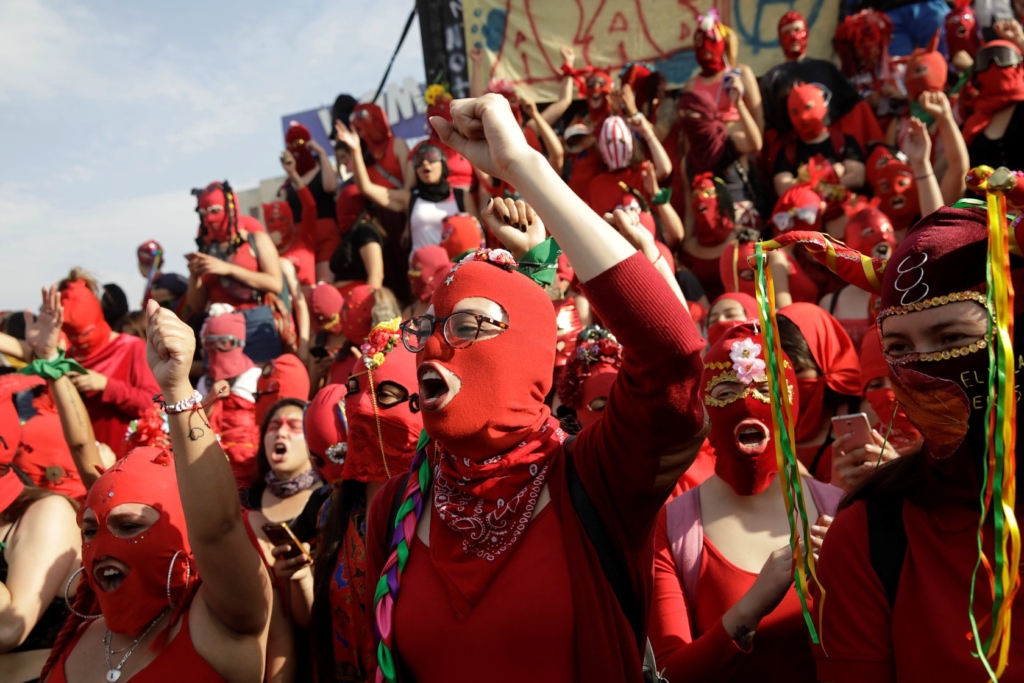
There’s been a lot of pushback against nuance lately, and for important reason: there is no need for nuance in genocide. But that’s not a good blanket strategy for wrestling with the complexity of most of our contemporary ills. Which is not to say taking a clear stance against capitalism, colonialism, patriarchy, and white supremacy is in need of nuance, but that addressing the unique particularities of how harm impacts us in distinct ways — based on gender, sexuality, geographic location, and so on — would benefit from an analytical framework. For me, that means looking to theorists—the formal kind and the organic kind— who articulate ways of seeing the world with attention to power and oppression at the intersection (or even more helpfully, the assemblage) of gender, race, class, and so on. I value a feminist lens, but importantly a feminist lens that is also always-already anti-capitalist, anti-state, and anti-white supremacy. And then I consider what that lens can offer to whatever unique situation I’m unpacking in its very particular context.
My hope for feminism is that it can be a tool like this, a lens we can use to assess harm, and, an aid to the plurality of overlapping revolutionary struggles—as well as a tool for survival and care in everyday life. And a part of this care, this process of reclamation, certainly needs to involve a revisitation and transformation of the period in our lives when we first learned about the deadly reality of patriarchy: girlhood.
_________
Raechel Anne Jolie (she/they) is a writer and educator based in Cleveland, Ohio. She holds a PhD in Critical Media Studies, with a minor in Feminist & Critical Sexuality Studies from the University of Minnestoa. Her writing has appeared in The Baffler, Bitch, Teen Vogue, In These Times, among other publications. Rust Belt Femme is their first memoir and received recognition in NPR’s Favorite Books of 2020, was a finalist in the Heartland Bookseller’s Award, and was the winner of the Independent Publisher Book Award in LGBTQ Nonfiction.
SOURCE: radical love letters
https://raechelannejolie.substack.com/p/girl-culture-panic-and-the-failures
